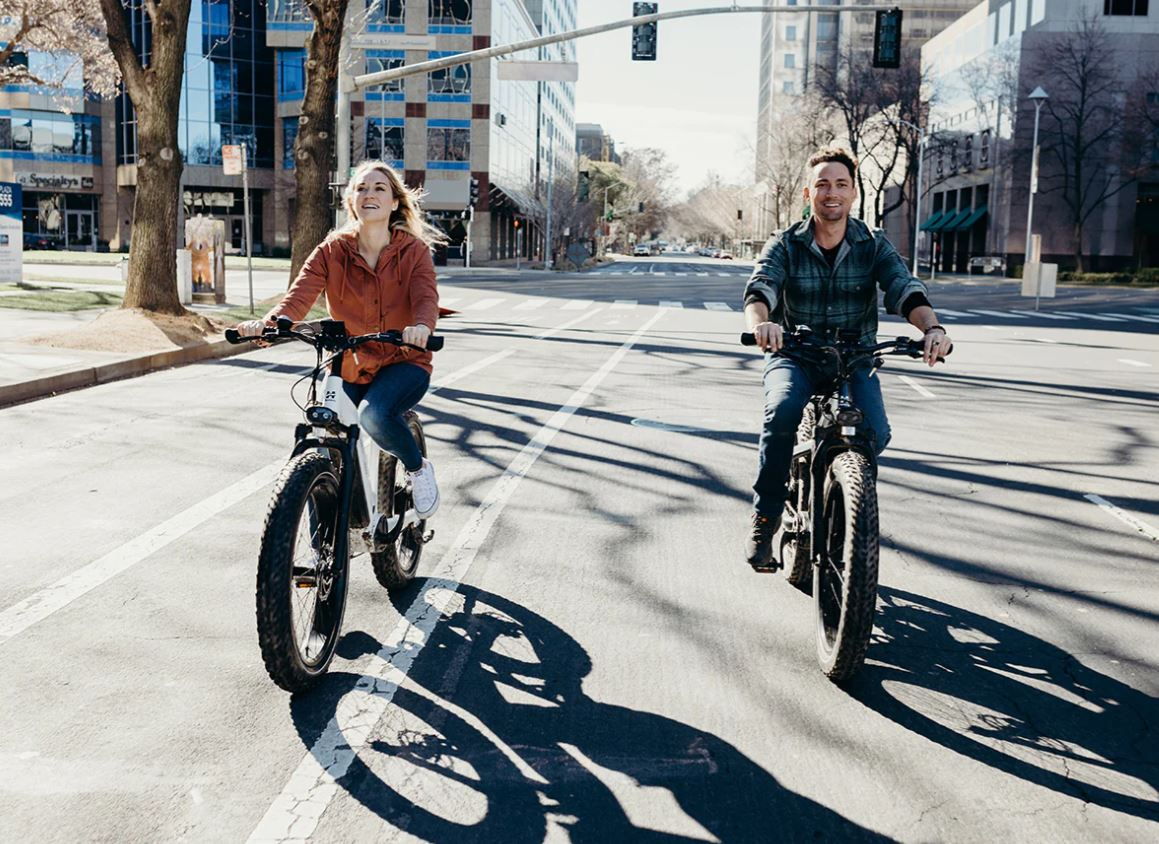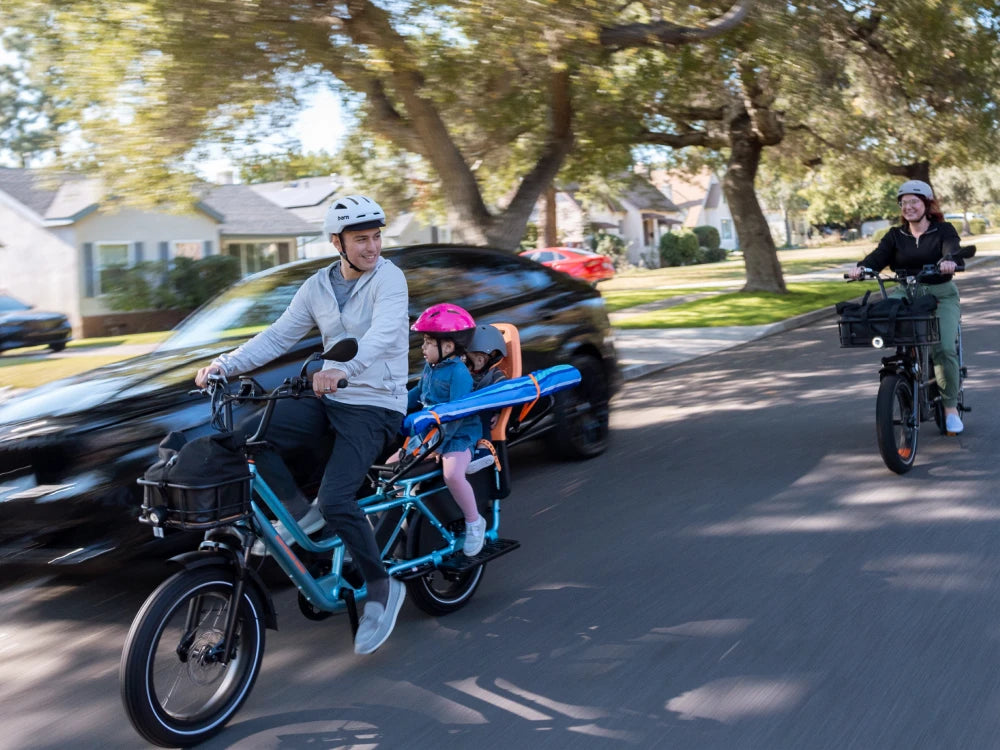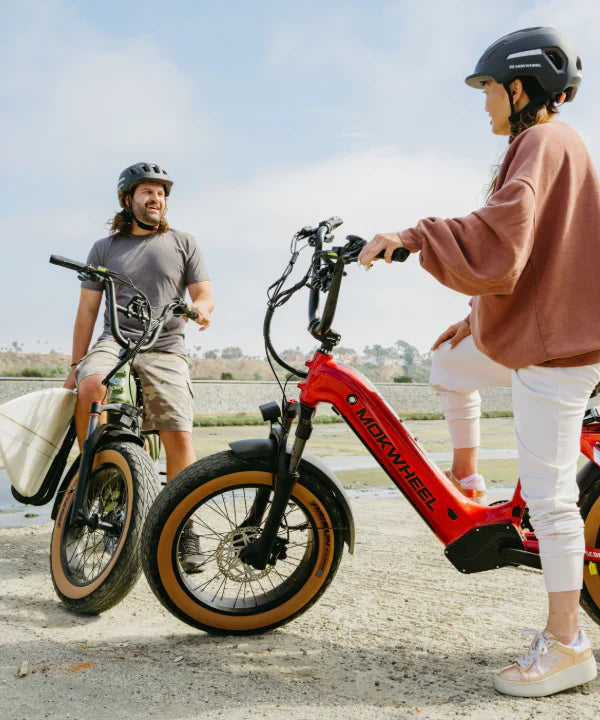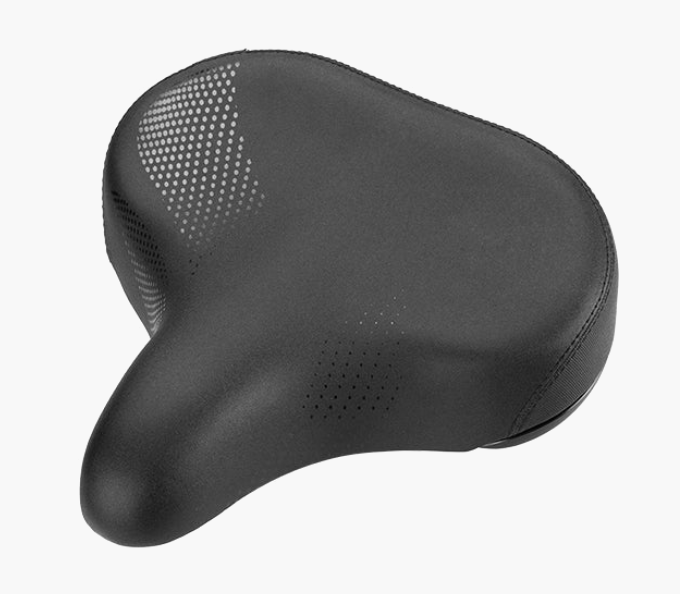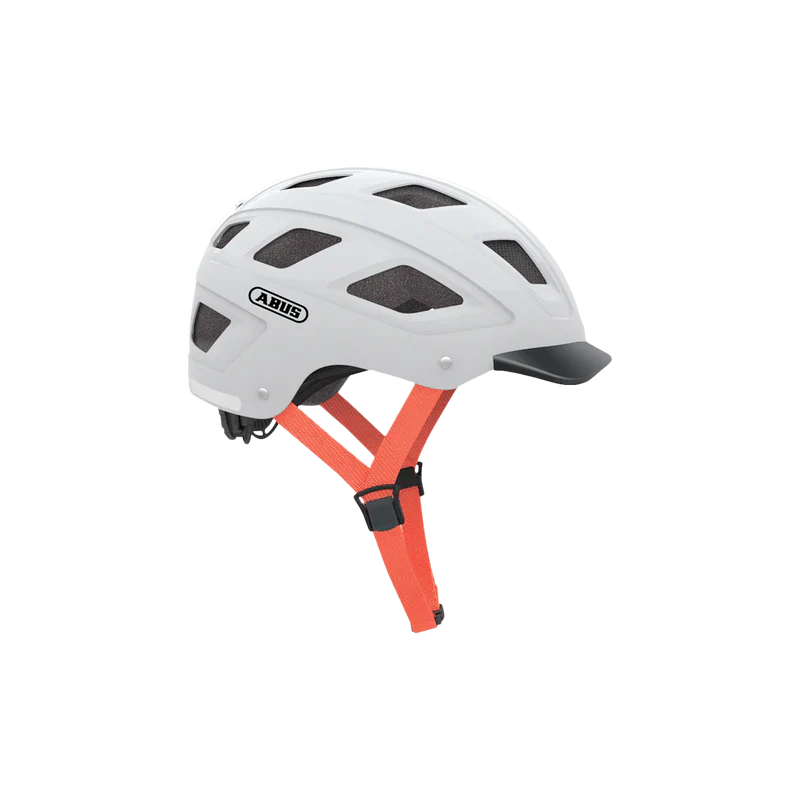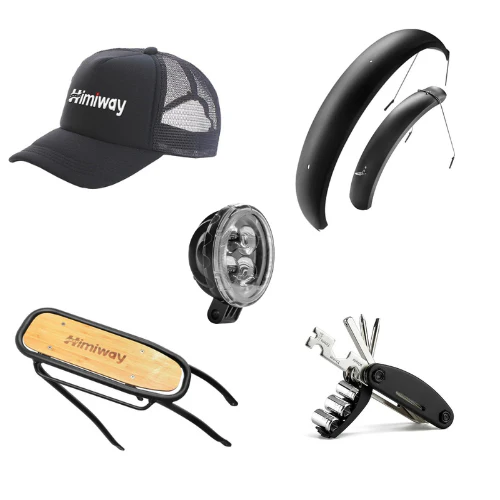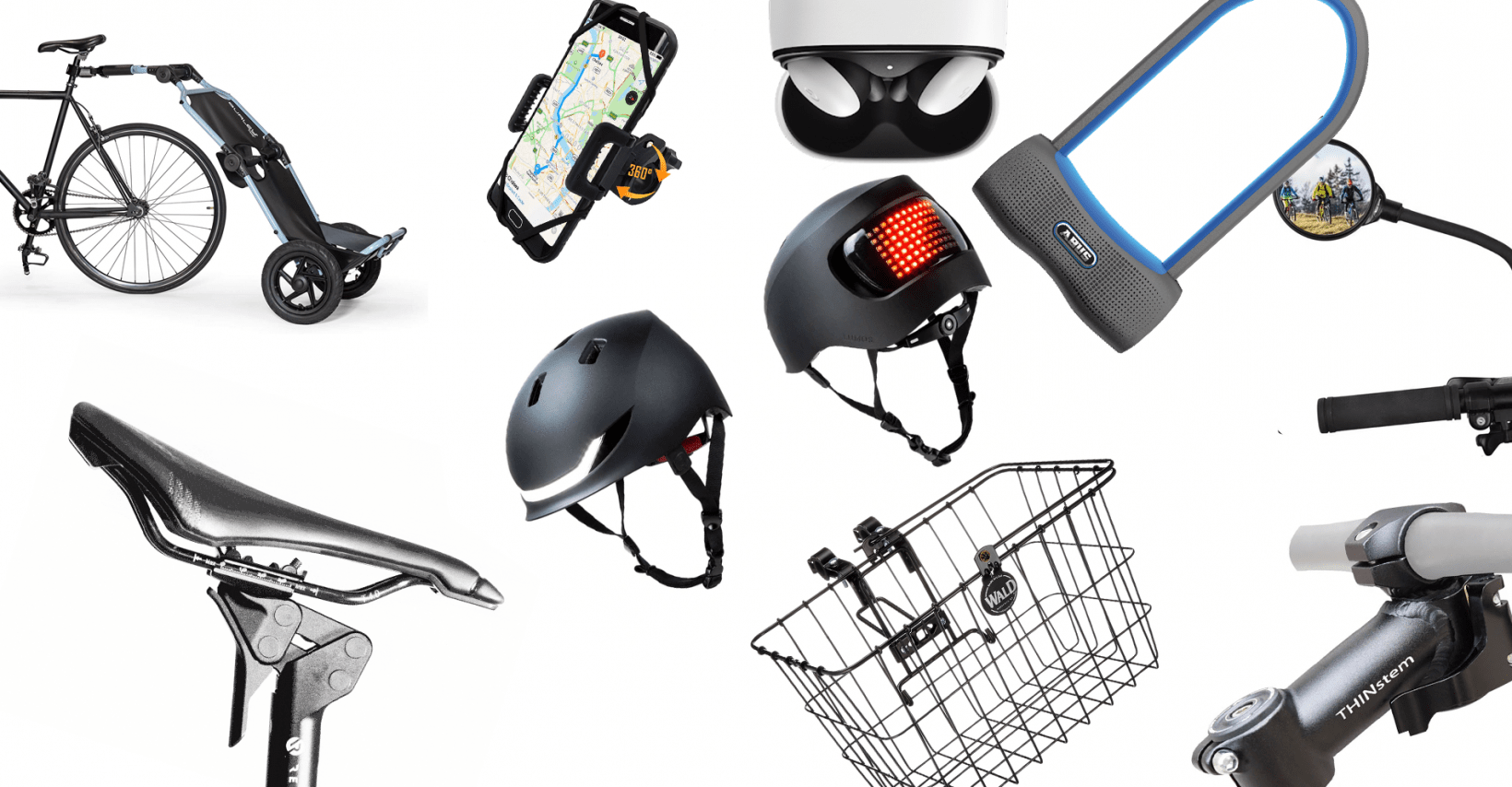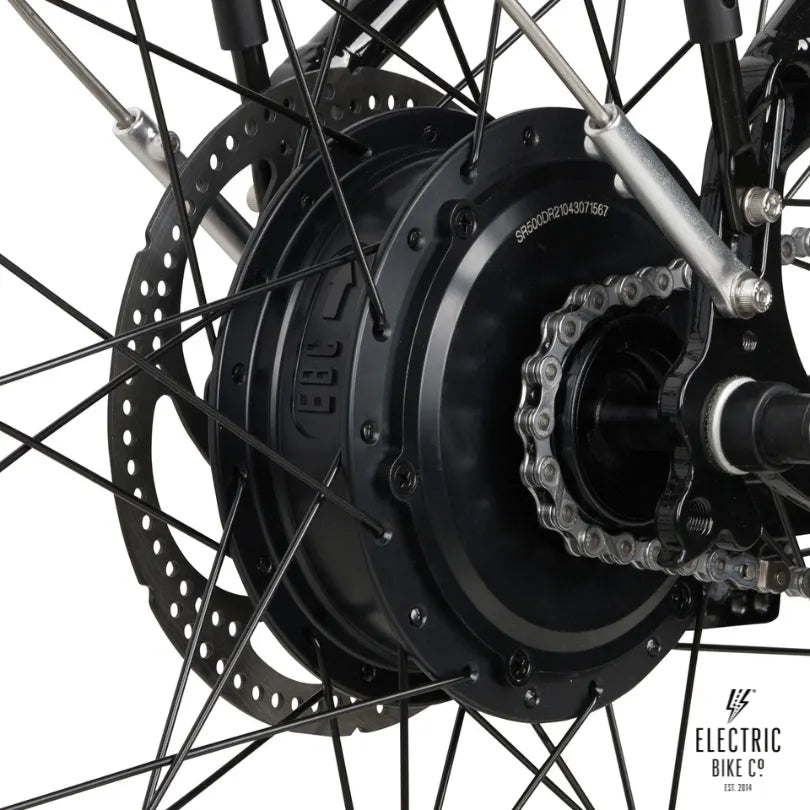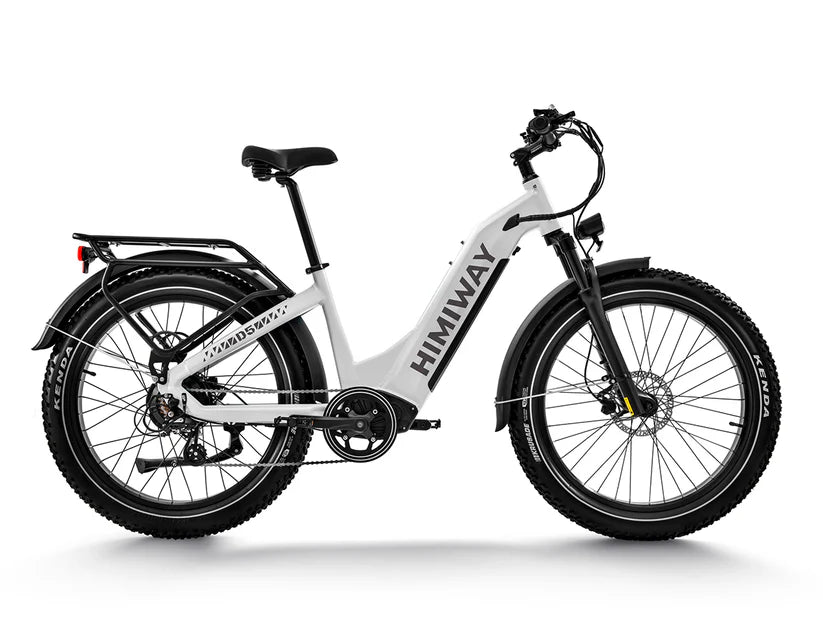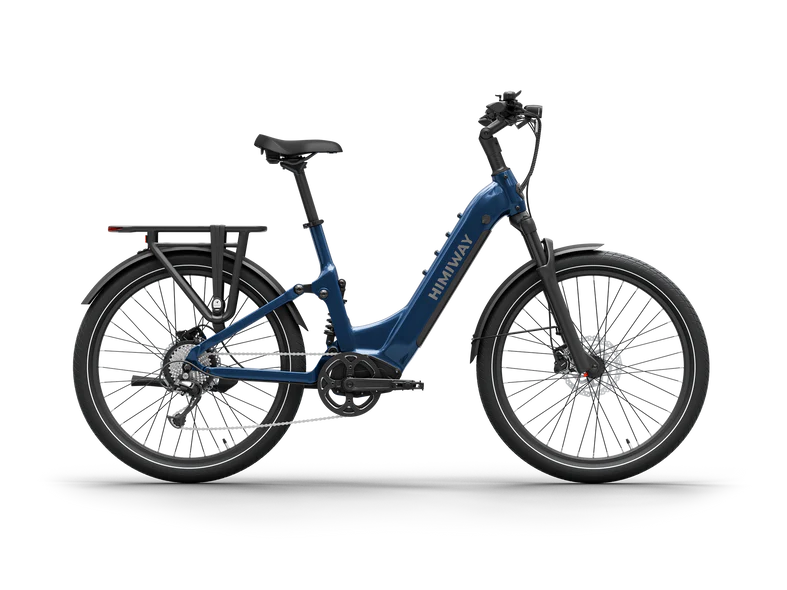E-bikes, the modern marvels of two-wheeled transportation, have been gaining popularity worldwide. At the heart of these electric-powered bicycles lies a sophisticated piece of technology — the e-bike motor. Let's dive into the workings of these motors and uncover the magic that propels you effortlessly along the road.
Anatomy of an E-Bike Motor
1. Motor Types: Hub Motors vs. Mid-Drive Motors
-
Hub Motors: These motors are situated in the hub of either the front or rear wheel. They are known for their simplicity and ease of maintenance. Hub motors provide a direct drive, meaning they propel the wheel directly.
-
Mid-Drive Motors: Placed at the bike's bottom bracket, mid-drive motors work in conjunction with the bike's gears. This setup allows for better torque and efficiency, especially on varying terrains.
2. Battery Connection
The e-bike motor is powered by a lithium-ion battery, usually mounted on the frame. This battery supplies electric energy to the motor, determining factors such as the bike's range and power output.
How E-Bike Motors Operate
1. Pedal Assist (Pedelec) System
-
Sensors: Most e-bikes employ sensors to detect when the rider is pedaling. These sensors can be either torque sensors, which measure the force applied to the pedals, or cadence sensors, which track the rotation of the pedals.
-
Controller: The signals from the sensors are sent to a controller, the brain of the e-bike. The controller processes the input and decides how much assistance the motor should provide.
-
Motor Activation: Based on the input from the sensors and the selected power level, the controller activates the motor, providing additional power to assist the rider's pedaling efforts.
2. Throttle Control System
-
Throttle: In e-bikes equipped with a throttle, riders have the option to control the motor directly without pedaling. This is similar to the throttle on a motorcycle.
-
Motor Activation: When the rider engages the throttle, it sends a signal to the controller, instructing the motor to provide assistance. This feature is especially useful when a rider needs an extra boost or wants to navigate without pedaling.
3. Power Levels and Settings
- Variable Assistance: E-bikes often come with multiple power levels or settings, allowing riders to customize the amount of assistance they receive. These settings can be adjusted on the bike's display or through a mobile app, providing a tailored riding experience.
Regenerative Braking (Optional)
Some e-bikes are equipped with regenerative braking systems. When the rider applies the brakes, the motor switches to generator mode, converting kinetic energy back into electrical energy and feeding it back into the battery. While not as common as the pedal assist or throttle systems, regenerative braking contributes to the overall efficiency of the e-bike.
Conclusion
E-bike motors are a harmonious blend of sensors, controllers, and batteries, working together seamlessly to enhance the riding experience. Whether you opt for a hub motor or a mid-drive motor, understanding the basics of how these motors operate allows you to make informed choices when selecting your ideal e-bike. So, the next time you feel that gentle push while pedaling or effortlessly cruise with the twist of a throttle, know that it's the intricate dance of technology beneath you making it happen. Happy riding!


